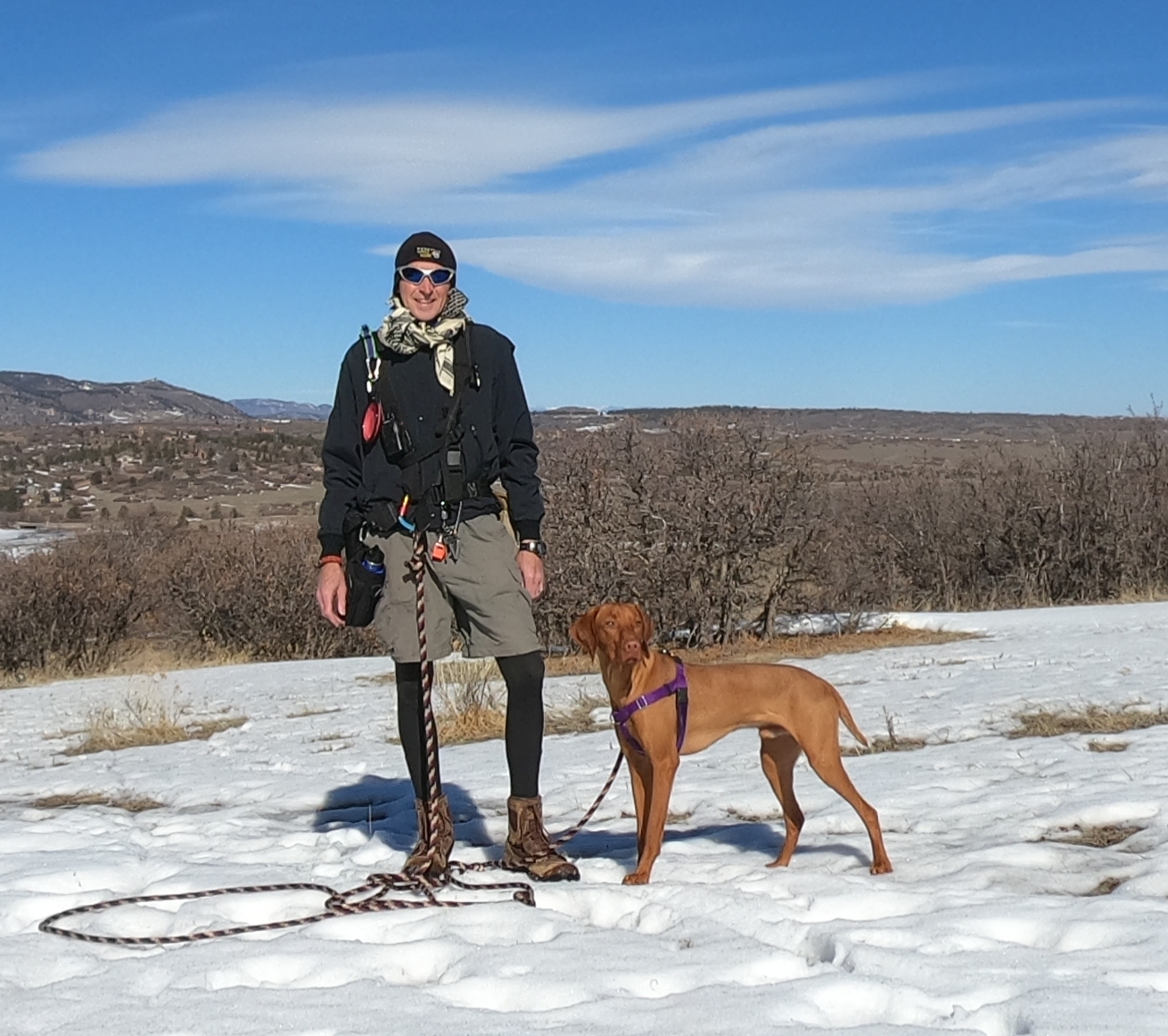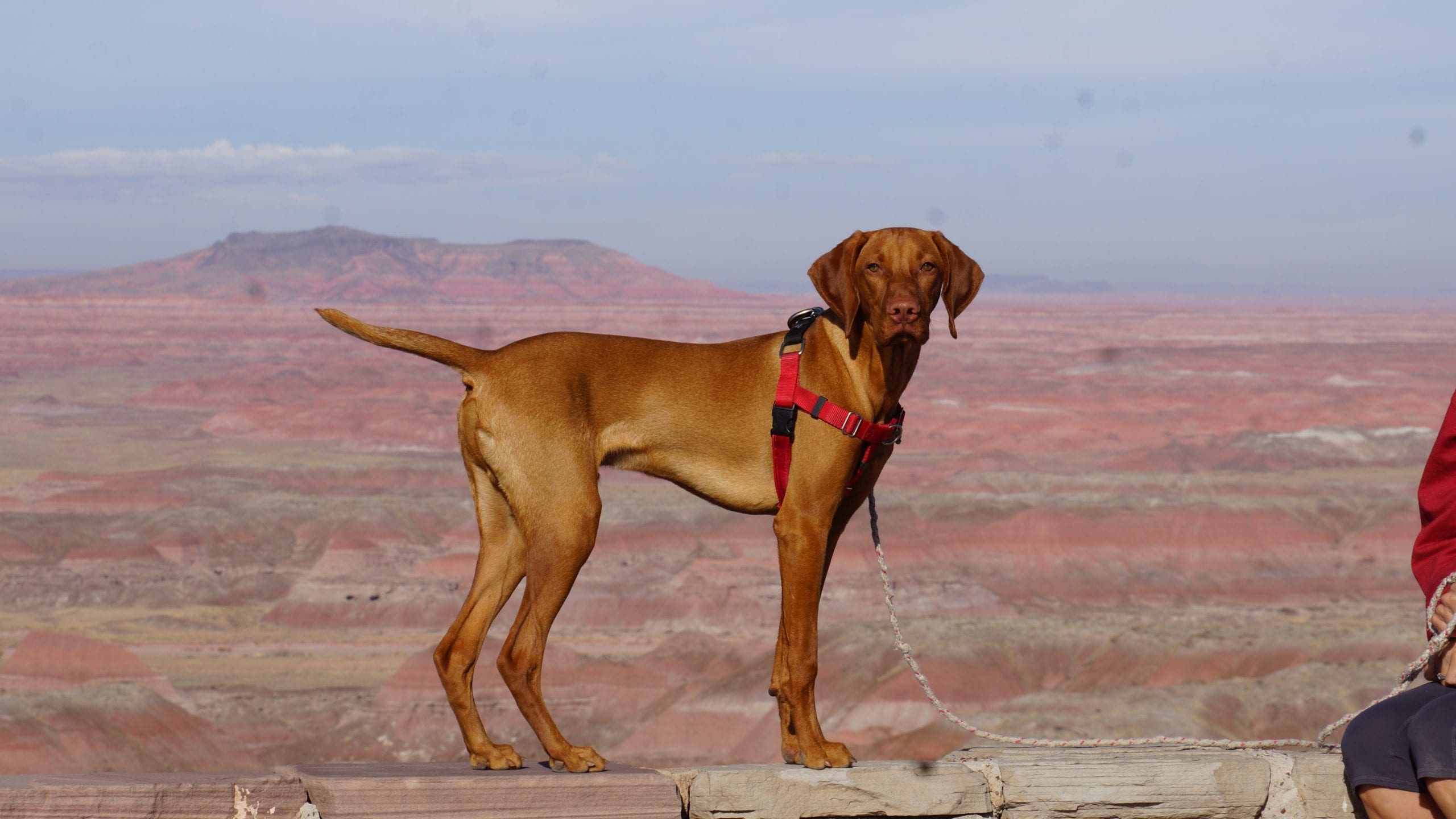I would like to know the process of getting a CPG product into retail stores like Walmart and Target.
This is a Quora question. My answer is as follows:
Here’s the best way to get a product in if you are a new company or have never sold in retail before:
- Your product has prior sales history at other smaller or regional retailers or has shown excellent movement online.
- The product is differentiated enough to be granted shelf space from other direct and substitute competitors in its product category. Just because your product may be cheaper or has some minor differences from competitors/substitutes does not mean the retailer will go through all the work to bring it in. You have to prove that the product will help drive more sales in the category.
- Your product has marketing resources behind it. In most cases, by resources, I mean dollars that you spend on promotion to increase brand awareness of your product (like TV, print or radio marketing) and dollars you are willing to commit to in-store promotion (coupons, advertising in circulars, etc.). However, if your product finds a viral marketing footing through word of mouth, that can also induce a retailer to take it in.
- You have the cash to fund inventory purchases and promotional dollars to support the brand. Retail is not cheap and takes good cash flow to support.
- You have more products in the development pipeline (line extensions or new lines entirely). Retailers want to bring in vendors that show long-term promise in supporting the retailer with products that get updated or are new.
Assuming you have the above, here is the process for large mass retailers:
- Dedicate at least one individual who will be your VP Sales to perform direct sales to retailers who will ideally have prior retail sales experience.
- Establish your ideal terms and conditions for which you will do business with retailers (i.e.: product pricing, payment terms, holdbacks, slotting fees, marketing co-op fees, etc.). Usually, you accept the terms a retailer gives you, but you do have some room to negotiate, so understand ahead of time all the possible terms and conditions and how they affect your ROI.
- Put together your sales materials with a rock solid presentation, product sales sheets, pricing and specifications sheet and any other items that a retailer may require, which varies by your product (i.e: for food products, retailers will usually require a Certificate of Analysis – COA).
- Have a good process setup for sending out product samples (express mail account setup, packaging and packing materials available, etc). This can get expensive, especially when you next-day samples to retailers who want them now.
- Have a good retail forecast model and process setup to anticipate sales and inventory needs.
- Decide if you want to use brokers to help you. Hiring brokers depends on (1) how big your team is, (2) how fast you want to grow, (3) how many retailers you want and who those retailers area, (4) what kind of cash you have to support your operations and (5) the complexities of working with a retailer that take time/investment to learn. (1), (2), (3). I would use reps to augment my efforts because either my team is small or it just me and I want to grow fast (and I have the investment to do that), so using brokers as an extension of me is a big plus. Also, brokers might get me in faster because they know the buyer already and sell products to them (assuming I get the right brokers for the category…sometimes is a bit trial and error to find the right broker). If I want to control the pace of growth (either because I do not have the investment to support fast growth or my product’s category is not a fast grower), I might stick with direct or use a limited number of brokers.(4) I can hire my own sales staff now with a greater impact on my cash flow or use a brokers with much less immediate cash flow impact and pay out later as sales flow in. It gets back to what kind of investment I have to support my growth (5) Good brokers also help you with paperwork, navigating retailer vendor systems and getting sales data on a weekly basis, especially with the major retailers.
- Some tradeshows can also be good venues for meeting and selling retailers, but they can also be a waste of money. You have to pick them carefully, determine your objectives beforehand and book meetings with retailers before you attend the show. Otherwise, just showing up and opening a booth is pretty much a guarantee of failure.
- If you meet with a retail buyer and they want to bring you in, generally, it will be in a limited number of stores to start to see how the product sells for them. This is especially the case if you are a new company.
- There is usually substantial paperwork to complete, especially for the larger retailers. You also need to be setup for EDI (electronic data interchange).
- The retailer brings you in through your opening orders to fill the pipeline. Expect orders at least weekly, if not several times per week for Walmart, so you must have a robust logistics backend that knows how to package and label shipments for that particular retailer. You can outsource this to a third-party logistics (3PL) company, but you will want to at least have an in-house person or staff who is handling the incoming retail orders and coordinating the EDI, 3PL and the carriers.





